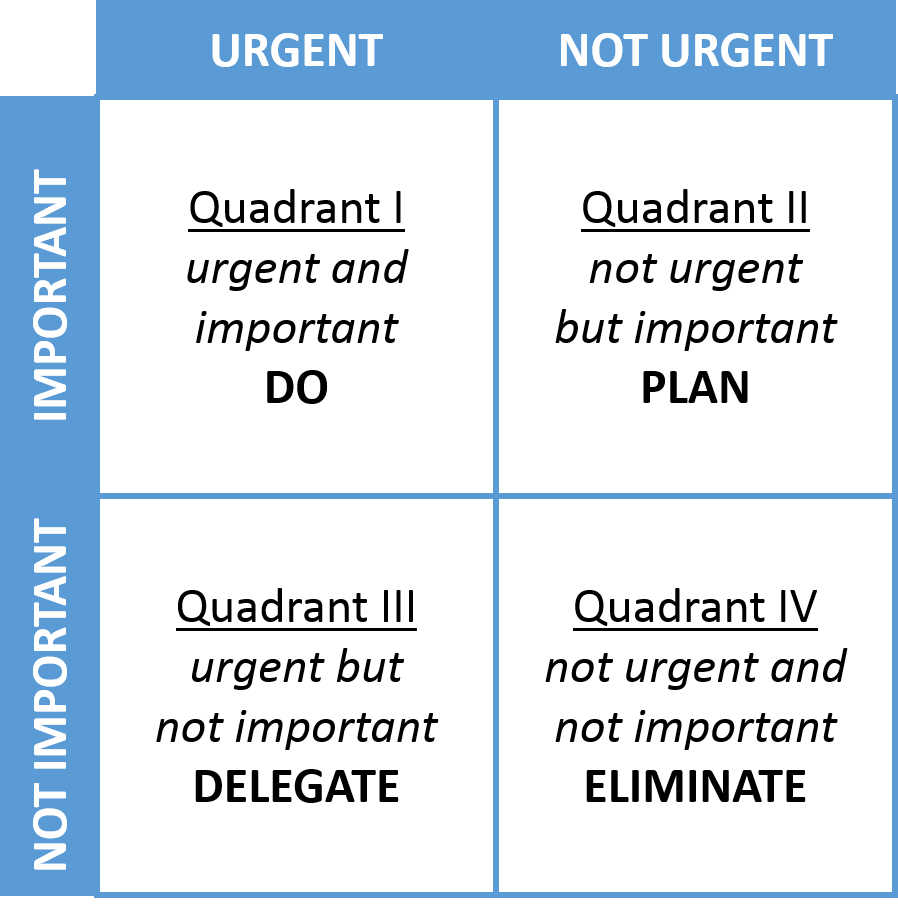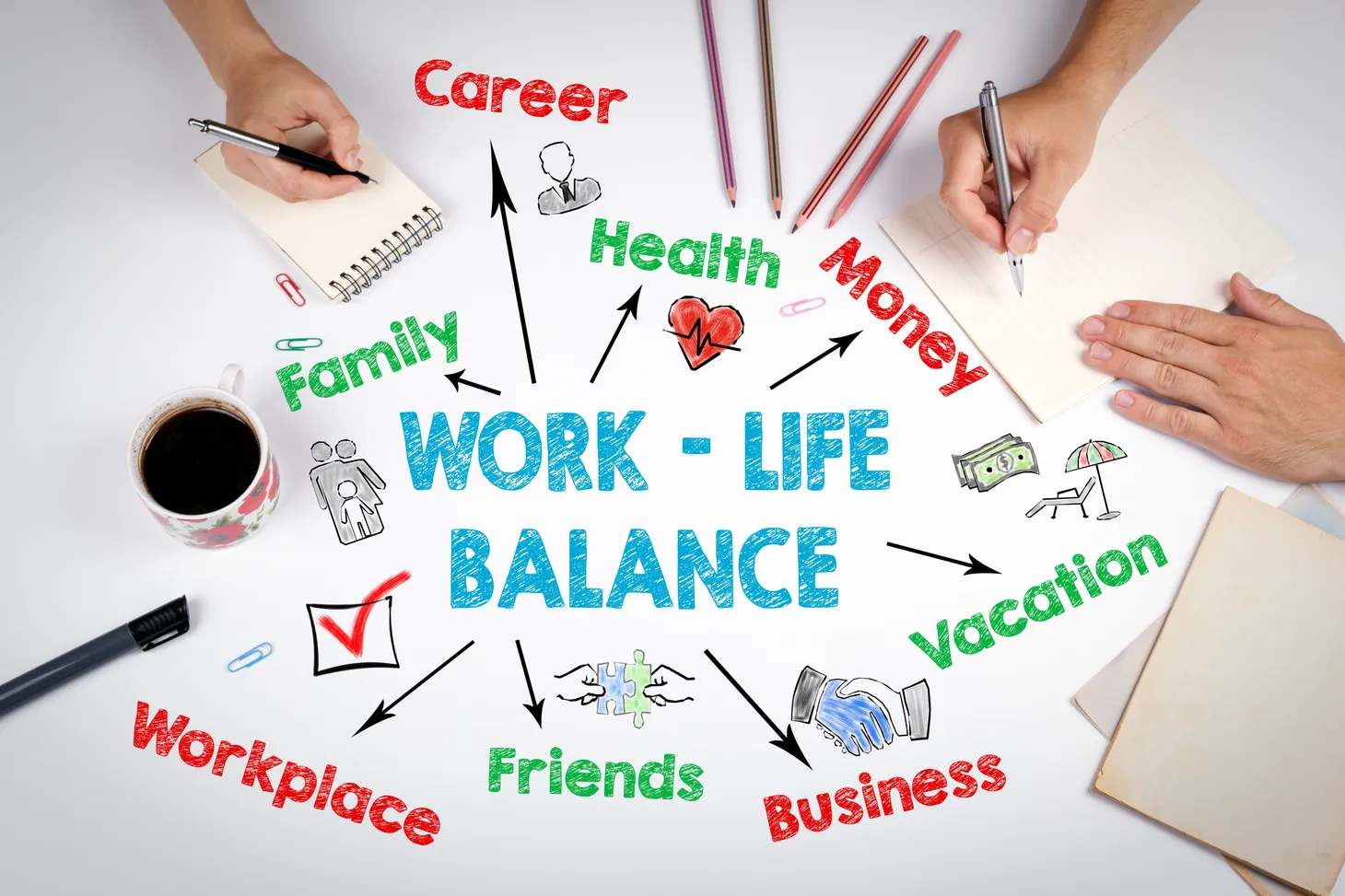Selective Neglect – What Do You Not Do?
It can be tough to know which tasks to focus on, and it’s easy to get overwhelmed by the amount of work that needs to be done. We want it all. But by using the Eisenhower Matrix, we can focus on the right tasks and apply selective neglect to those we should delegate or ignore […]

It can be tough to know which tasks to focus on, and it's easy to get overwhelmed by the amount of work that needs to be done. We want it all. But by using the Eisenhower Matrix, we can focus on the right tasks and apply selective neglect to those we should delegate or ignore completely.
Introduction
Most people are familiar with the saying “you can't have your cake and eat it too.” The idea behind this phrase is that it's not possible to have everything you want. You have to make a choice between two desirable things.
This sentiment also applies to our daily lives. We can't focus on every task equally and expect to be successful. We have to be selective about what we focus on and what we neglect.
For example, in the business world, there is more work to do than can be accomplished by any one person. Businesses have to be selective about what tasks they make an organization priority and what tasks they neglect. The same is true in our personal lives. We can't do everything, so we have to be selective about what we focus on.
Selective neglect is the act of choosing not to focus on certain tasks or goals. This doesn't mean that we don't care about these tasks or goals, but that we prioritize other tasks and goals over them.
Selective neglect can be a difficult decision to make because it requires us to let go of some things that we care about. However, it's important to remember that we can't do everything and that we have to be selective about what we focus on. Otherwise, we'll spread ourselves too thin and won't be successful in any area of our lives.
Mistakes With Selective Neglect
There are three common mistakes most make when trying to determine what to not do.
- Trying to do too much. When we try to focus on too many tasks, we can end up feeling overwhelmed and like we're not good enough or valuable. This can lead us to try to do even more things in order to feel fulfilled, which only makes the problem worse.
- Neglecting tasks they don't enjoy. If we don't enjoy a task, it's going to be difficult to focus on We may also avoid a task because we don't think we're good enough to do it. This can be harmful because it means that the task will never get done. No matter the reason, when we've been neglecting a task and it's now becoming urgent, we will then need to rush through the task in order to get it done, but this can lead to mistakes and poor quality work.
- Prioritizing only the urgent tasks. By neglecting tasks that are important but not urgent, we are getting distracted from tasks that will have a higher impact.
A Tool: The Eisenhower Matrix
General Dwight D. Eisenhower, the 34th President of the United States created the Eisenhower Matrix. Eisenhower believed it was important to prioritize tasks by their importance and urgency. He believed that the most important tasks should be given the most attention and that urgent tasks should be dealt with as soon as possible.
The Eisenhower Matrix is based on Eisenhower's own personal system for prioritizing tasks. He would often use a similar system to prioritize the tasks of his subordinates. The system became known as the Eisenhower Principle and they later adapted it into the Eisenhower Matrix.
The Eisenhower Matrix is a helpful tool for anyone who wants to be more productive and organized. It can help us focus on the tasks that are most important to us and that need to be done right away. The matrix can also help us delegate tasks to others so that we can focus on the tasks that we're best suited for.
The Four Quadrants

The Eisenhower Matrix has four quadrants:
1. Do — Quadrant one is for tasks that are important and urgent. These are the tasks that we need to focus on and that need to be done right away. Some examples of tasks that fall into quadrant one are answering emails, making calls, and taking care of deadlines. These are all tasks that need to be done right away and that we cannot ignore.
2. Plan — Quadrant two is for tasks that are important but not urgent. These are tasks we need to focus on, but they don't need to be done right away. Some examples of tasks that fall into quadrant two are organizing our files, planning for the future, and networking. These are all tasks that are important, but we don't need to focus on them right away. We can put them off for later, and they will still be there when we're ready to work on them.
3. Delegate — Quadrant three is for tasks that are not important but urgent. These are tasks that we don't need to focus on, but they need to be done right away. Some examples of tasks that fall into quadrant three are taking care of last-minute requests from our boss, dealing with a customer service issue, and doing a rushed job. These are tasks that can and should be delegated to someone else, or that we can delay.
4. Eliminate — Quadrant four is for tasks that are not important and not urgent. These are tasks we don't need to focus on and that doesn't need to be done right away. These are all tasks that can wait, and that we don't need to focus on right now or eliminated altogether.
The Eisenhower matrix helps with identifying tasks that are candidates for selective neglect by sorting them into four categories: quadrant one (important and urgent), quadrant two (important and not urgent), quadrant three (not important and urgent), and quadrant four (not important and not urgent).
We should focus on the tasks in quadrants one and two, and delegate or ignore the tasks in quadrants three and four.
So What?
One of the best ways to become more innovative and more creative is to learn to neglect some things.
In today’s world, we are bombarded with an endless stream of information and tasks vying for our attention. It can be overwhelming, and it’s easy to get bogged down in the minutiae of everyday life.
It may seem counterintuitive, but by ignoring some things, you can actually become more productive and creative. When you have too many things on your plate, it’s easy to get overwhelmed and bogged down in the details. But when you focus on a few important tasks and neglect the rest, you can make significant progress.
You’ll be surprised at how much more productive and creative you can be.




